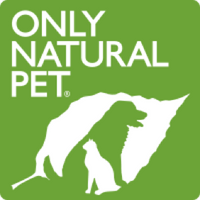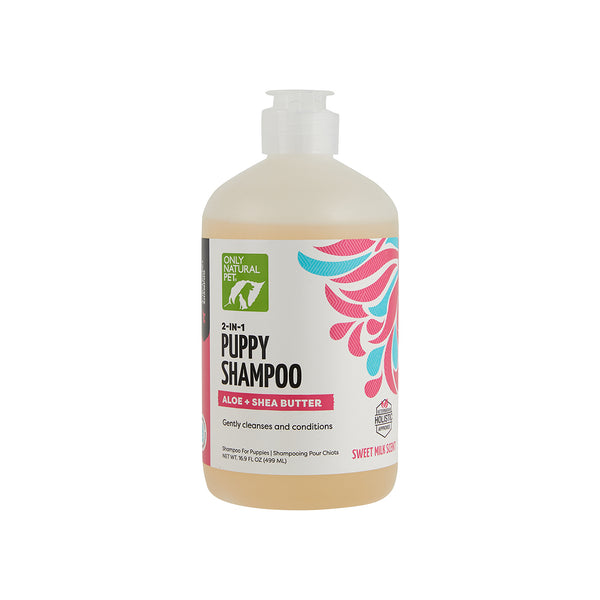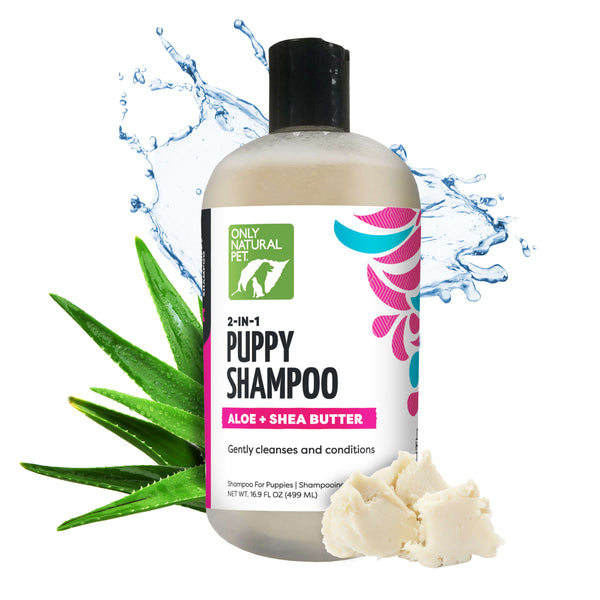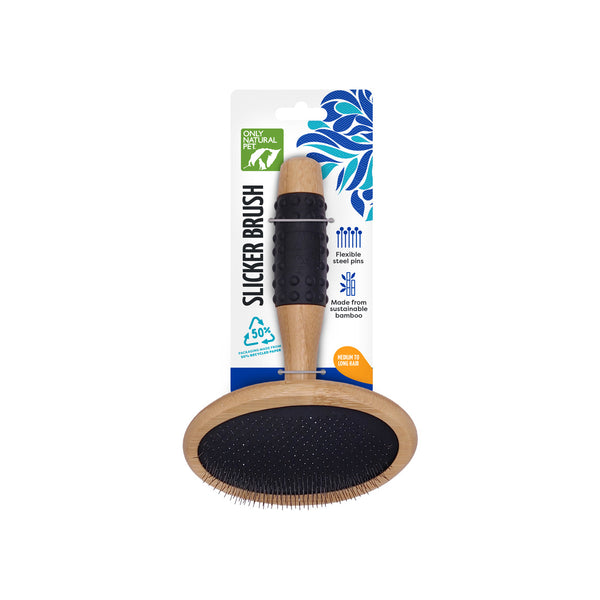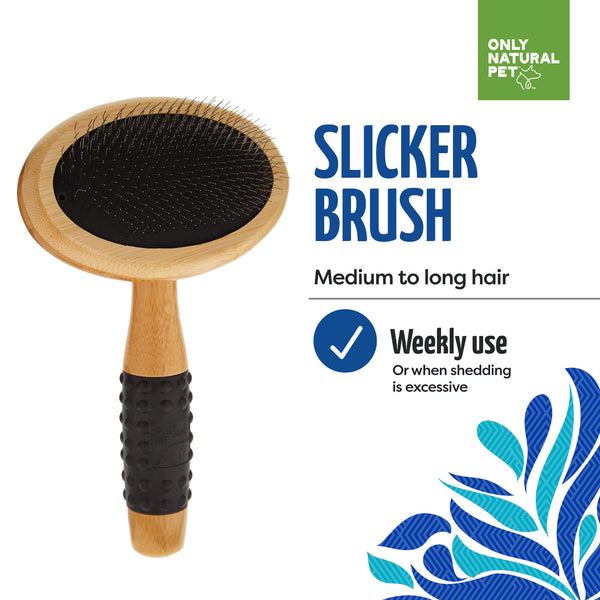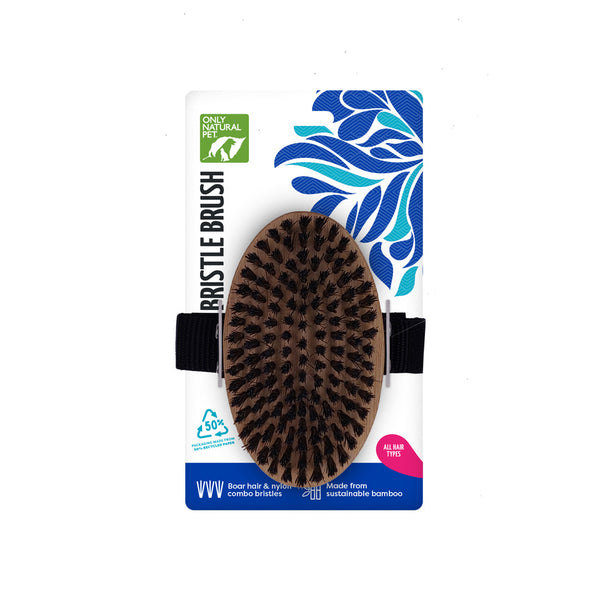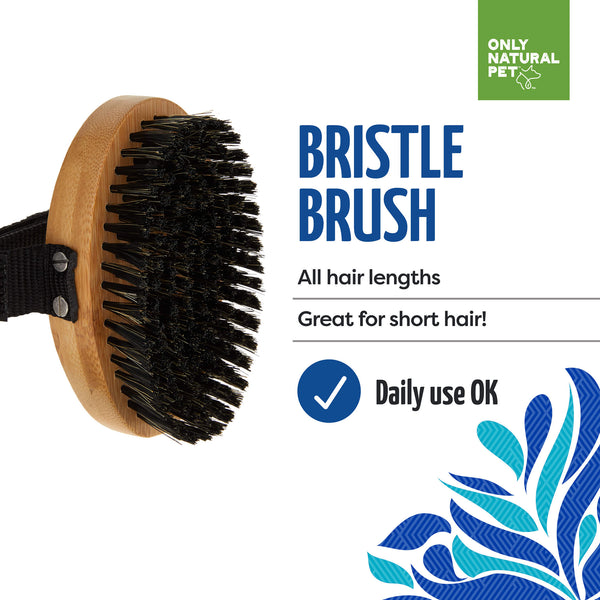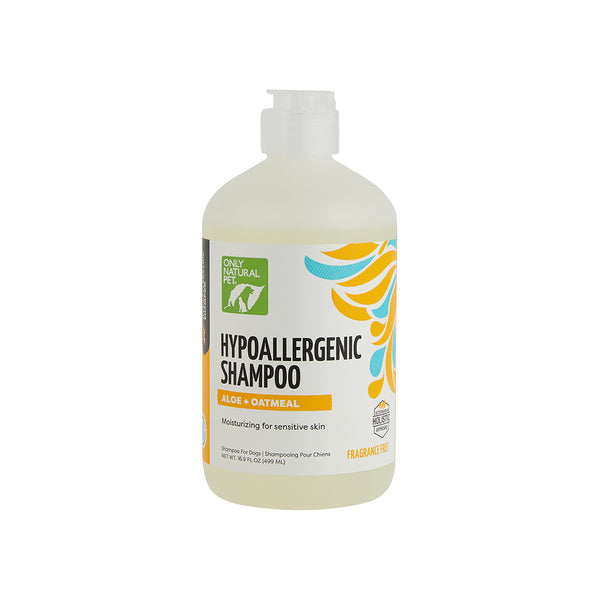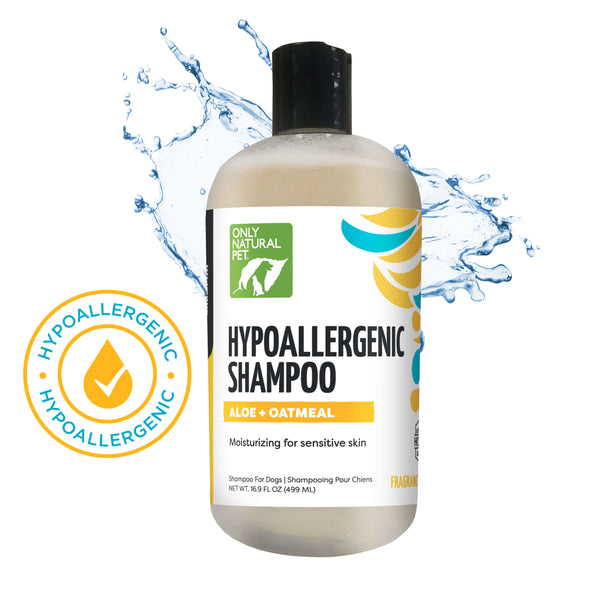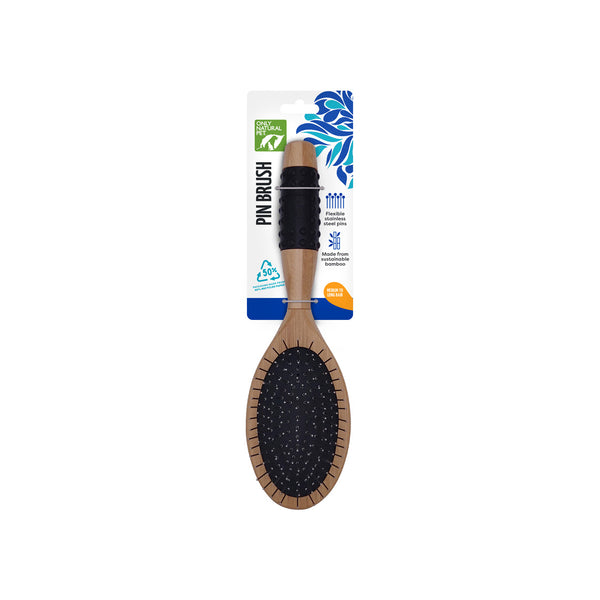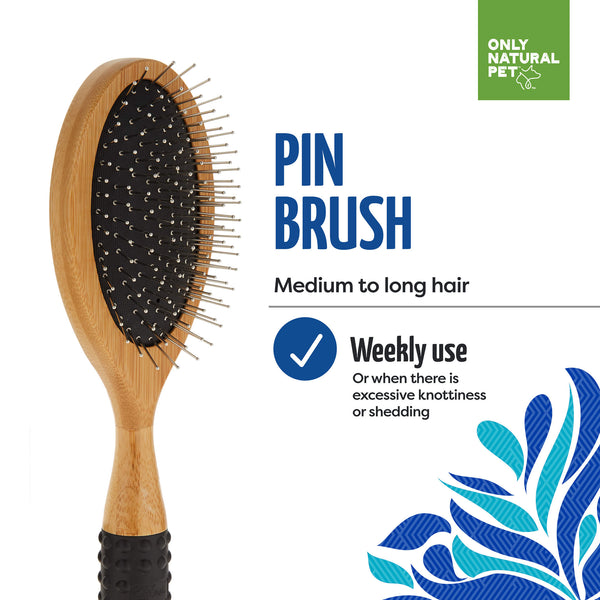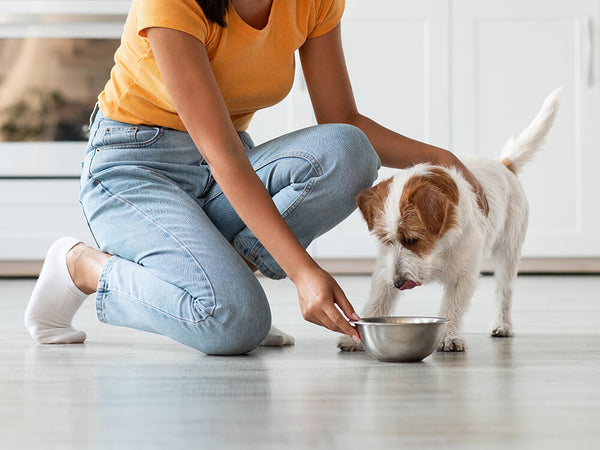How to Groom a Puppy 101
Written by: Richard Rowlands
Everybody agrees – puppies are cute! But those little fur babies can get into lots of trouble. Young puppies are especially prone to digging in mud, rummaging through trash, and rolling in not-so-lovely smelling substances.
If you notice that your puppy looks dirty or has an odor, it’s probably time for a bath and groom! In this article, we'll cover everything you need to know about how to groom a puppy.
At What Age Should I Start Grooming My Puppy?
The first question pet parents often ask is, “How old should my puppy be before I groom them?" According to Pooch Dog Spa, there are a few things to consider. For example, if taking a puppy to a professional grooming salon (where they'll be interacting with different people and dogs) then you must wait until after their vaccinations are complete. Two weeks is best. Penn Valley Veterinary Associates recommends a trip to the grooming salon before 16-weeks of age.
Preparing Your Puppy to Be Groomed
However, most of us groom our puppies DIY-style at home, at least to start. So, make sure to get your puppy used to being touched early on!
Practice running your hands down their legs, softly touching their ears, picking up their paws, inspecting nails, looking at their teeth and gums, etc. This will help with comfort levels when it comes time to be groomed, whether by a groomer or yourself.
Other ways to familiarize a puppy with the grooming process include:
- Letting them sniff shampoo
- Allowing them to inspect combs/brushes
- Turning on and off a blow dryer
- Getting them used to the sound of an electric clipper
- Laying out a towel and practicing rubdowns
Remember, puppyhood is the learning stage. The American Kennel Club (AKC) points out that puppies go through a series of "fear stages" when they're extremely impressionable. Therefore, it’s paramount that you create a good experience during this first time.
Aim for a 10 to 15-minute introduction. If your puppy shows signs of fear, slow down. PetMD suggests brushing a puppy for a few minutes several times each week to build a good routine. Ultimately, when discussing how to groom a puppy, preparation is 50% of the work!
Must-Have Puppy Grooming Supplies
Now we've covered the basics, it's almost time to begin grooming. But before the fluff starts flying, check to make sure you have the following natural grooming supplies ready:
- Brush/comb/shedding blade
- Shampoo/conditioner
- Ear/eye cleaner
- Non-toxic wipes
- Dog scissors
- Nail clipper
- Styptic powder
- Towel
- Broom, dustpan, or vacuum for cleanup
Don’t forget those yummy natural dog treats! Positive praise and food rewards will make grooming your puppy for the first time a breeze.
How to Groom a Puppy in 7 Easy Steps
Feeling confident and prepared to groom your pup? Practicing proper hygiene helps with shedding and dander, keeps skin and coats shiny, removes grease, minimizes odors, and gets rid of dirt that can lead to infections and illness. Plus, groomed dogs are much prettier pets! Follow this step-by-guide to groom your four-legged friend:
1) What Breed Is Your Puppy?
Hopefully, you know what breed your puppy is. This information is useful because it can tell you what to expect from your puppy’s coat in terms of length, density, likelihood of matting, etc. As a result, you can better plan how to groom them.
For example, a short haired Boston Terrier’s coat will react much differently to water and scissors than that of a fluffy Bearded Collie!
2) Full Body Examination
Second, conduct a head-to-toe examination. Grooming is a great time to spot health issues. In fact, The Academy of Pet Careers shares that grooming is one of the best ways to find medical problems. Redness? Swelling? Discharge? Bleeding gums and other dental issues? Chances are, you’ll see them while grooming.
3) Brush
Third, gently begin brushing your puppy. The type of brush or comb you use will depend upon their coat type and the state of their fur. Gently hold the puppy to prevent too much squirming. Then, slowly brush along the length of their body in a downwards motion in the same direction as their fur.
Be careful around sensitive areas, like the face, eyes, tail, belly, and legs. See tangles? Hold the section of fur and try to unknot with your fingers. Don’t pull the hair.
4) Bath
This next step is bound to be the messiest (but also the most fun) part of grooming a puppy. The American Kennel Club suggests two options: a full bath or a sponge bath. For a puppy under 3 or 4 months old, it’s okay to wet a towel with lukewarm water and wipe them down this way.
Once they reach 4 months of age, you can give your puppy a full bath. Fill the tub with warm water – not hot! A few inches are deep enough. Then encourage your puppy to enter the water by coaxing them with treats and praise. When it comes to dog shampoo, opt for an all-natural and non-toxic variety. Avoid harsh scrubbing. Rub the shampoo into the fur with your hands until suds emerge. Then rinse until the water runs clear.
5) Dry
There’s nothing like getting soaked by a wet dog! Luckily, those who know how to groom a puppy have a trick. Before your puppy shakes, place a towel over them. This way, when they go to shake, you – and your bathroom walls – won’t get drenched. Continue to pat dry.
In warm climates, most puppies will dry out quickly. However, if you live in a cold area, it’s probably better to blow dry your puppy so they don’t get cold. On the lowest setting possible, gently blow the air through your puppy’s fur.
6) Haircut
Generally speaking, the majority of puppies won’t require major haircuts until at least 6 months old. But home grooming can include a quick trim. Before breaking out the scissors, assess your puppy’s mood. Are they wiggly? Excited from bath time? Barking in annoyance? Wait until your puppy is calm or use natural calming support before giving them a snip.
7) Eyes, Ears, and Nails
Almost done! Your puppy is looking and smelling a lot better. However, grooming is not finished yet. Your puppy still needs to have their eyes and ears cleaned, and possibly have their nails trimmed (depending on sharpness and length).
Dirt and bacteria can cause ear infections. So, use a non-toxic cloth to clean the inner flap of your puppy’s ear. For inside, we recommend following the instructions of a holistic veterinarian-approved liquid solution. For a puppy’s eyes, simply wipe away dirt, grime, or discharge.
Finally, have a look at your puppy’s nails. Are they razor sharp? If yes, a trim may be in order. Since their feet are smaller than those of an adult dog, Patch Puppy recommends against using a full-grown sized nail clipper. In fact, a regular human nail clipper is usually okay for puppies.
One toe at a time, carefully trim a tiny section of nail. What you don’t want to do is accidently hit the quick. This is a blood vessel and nerve located inside the tissue of a dog’s nail. On light colored nails, it will be pink. Pay close attention to not cut the quick. Unfortunately, despite good intentions sometimes the inevitable happens. But don't worry, on our list of must-have supplies was styptic powder. Dab this on the nail to clot any bleeding.
